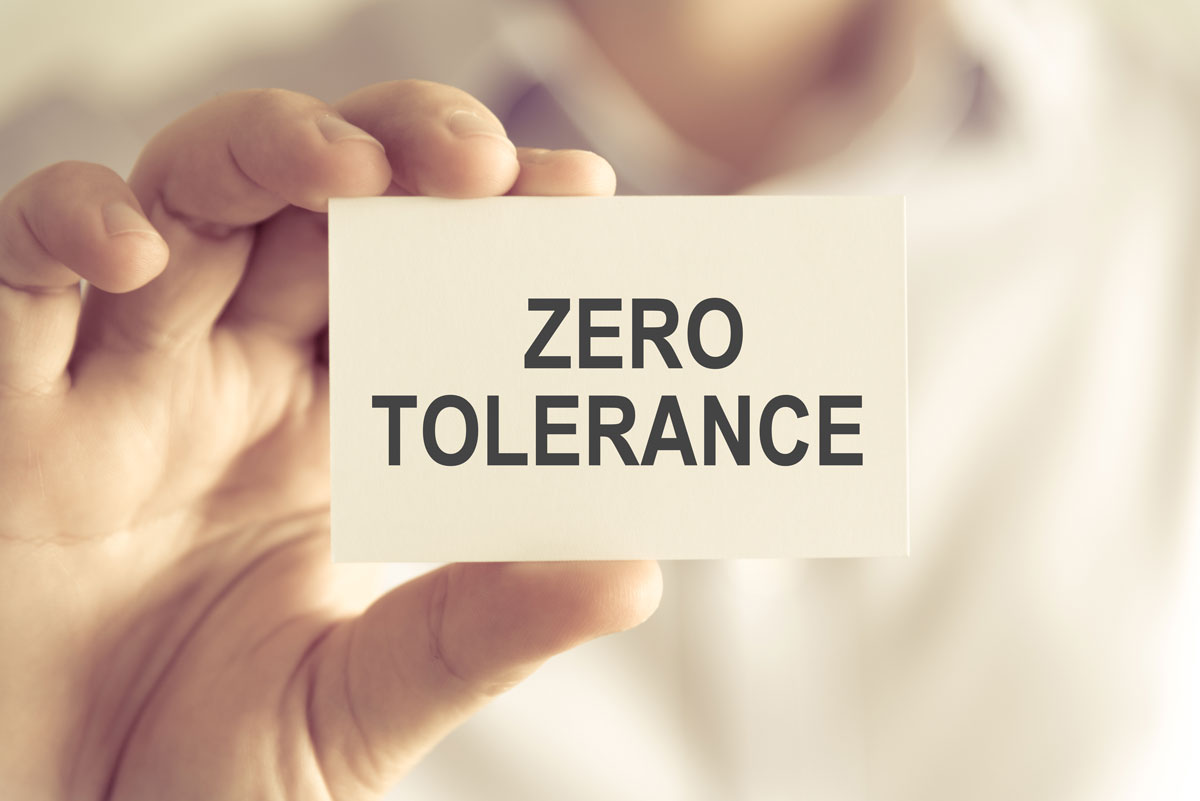
In the realm of public health and safety around substance use, two strategies often come to the forefront: harm reduction and zero tolerance. Both approaches aim to mitigate risks and protect individuals from harm. However, they differ significantly in their methodologies and philosophies. This blog post will delve into these two strategies, addressing the question: Is harm reduction the same as zero tolerance?
Understanding Harm Reduction
Harm reduction is a set of practical strategies aimed at reducing negative consequences associated with certain so-called higher risk behaviors, such as drug use or unsafe sex. The central tenet of harm reduction is acknowledging that higher risk behavior may not be entirely preventable but can be made safer. This approach prioritizes minimizing harm over eliminating behavior.
For instance, needle exchange programs are a form of harm reduction strategy. These programs provide clean needles to drug users to prevent the spread of diseases like HIV and Hepatitis C. While this approach does not stop drug use, it reduces its harmful effects on individuals and communities.
The Philosophy Behind Zero Tolerance
Zero tolerance policies take a different stance. They strictly enforce regulations without exceptions or flexibility, aiming to completely eliminate certain behaviors or actions deemed harmful or unacceptable.
In schools, for example, zero tolerance policies might lead to automatic suspensions for students found with drugs or weapons. In workplaces, these policies could result in immediate termination for employees caught using substances on the job.
Zero tolerance aims to deter harmful behavior through strict punishment rather than managing its potential risks.
Comparing Harm Reduction and Zero Tolerance
So is harm reduction the same as zero tolerance? The simple answer is no; they represent two distinct approaches towards managing risk and promoting safety.
Harm reduction acknowledges that some risky behaviors are inevitable parts of human life and focuses on minimizing their potential damage. It emphasizes empathy, understanding, and practical solutions over punishment.
On the other hand, zero tolerance seeks to eradicate harmful behaviors entirely through strict rules and penalties. It operates on deterrence theory – if the consequences are severe enough, people will avoid engaging in risky behavior.
Both approaches have their merits depending on context and situation; however, they fundamentally differ in philosophy and implementation.
The Balancing Act: When To Apply Each Strategy
Determining whether to apply a harm reduction or zero-tolerance strategy depends largely on context. Some situations may call for an uncompromising stance against certain behaviors (zero tolerance), while others may benefit from a more empathetic approach focused on reducing damage (harm reduction).
For example, in dealing with sexual harassment at workplaces or bullying in schools, a zero-tolerance policy sends a clear message about what is acceptable behavior — it’s an effective deterrent against such actions.
Conversely, when dealing with complex issues like substance abuse or homelessness where punitive measures often exacerbate problems rather than solve them — a harm reduction approach can be more effective by focusing on mitigating negative outcomes rather than punishing individuals for their circumstances.
While both harm reduction and zero-tolerance strategies aim to protect individuals from potential harms associated with certain behaviors or actions — they are fundamentally different approaches towards achieving this goal.
Harm reduction focuses on minimizing damage associated with inevitable risky behaviors while zero-tolerance aims at eradicating these behaviors entirely through strict rules enforcement.
Understanding these differences is crucial when deciding which strategy best suits your specific situation — whether you’re crafting public policy or managing workplace safety.
Remember that both approaches have their place — what matters most is choosing an approach that effectively addresses your unique challenges while respecting individual rights and dignity.

